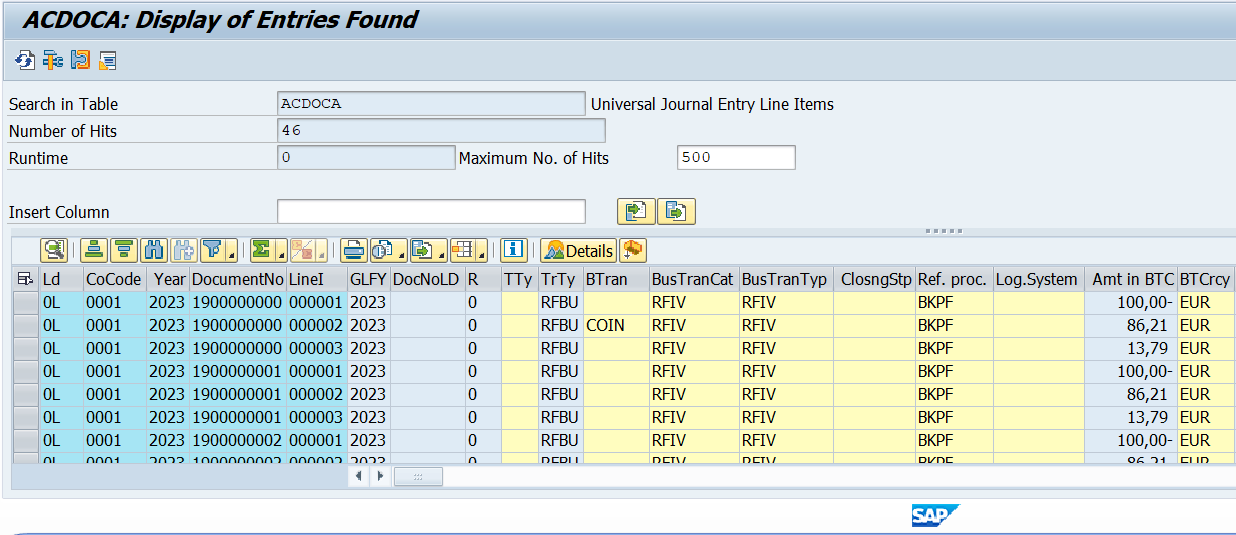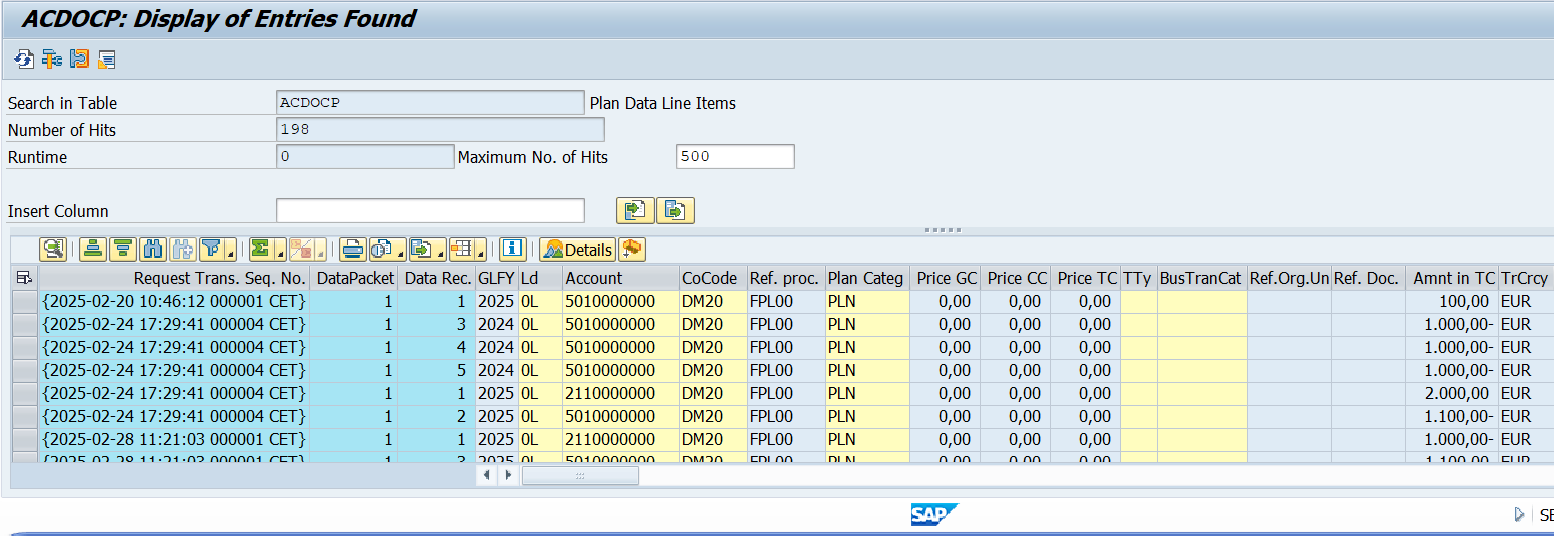In SAP S/4HANA, actual CO data can be posted to ACDOCA using both classic SAP GUI transactions and SAP Fiori apps. The familiar CO data tables from SAP R/3 (ECC), such as COEP, COSP, and COSS, are available in SAP S/4HANA as CDS views. This enables actuals reporting via SAP Fiori and, during the transition phase, still allows reporting with Report Painter based on classic tables like CCSS. However, due to the CDS-based architecture, performance issues may occur when using Report Painter. For CO planning data, there is no standard SAP GUI transaction in SAP S/4HANA that enables direct posting to ACDOCP. While traditional planning transactions like KP06 still exist, their results cannot be analyzed using SAP Fiori or SAP Analytics Cloud (SAC), as these tools exclusively access data from ACDOCP. Direct posting of CO planning data to ACDOCP is possible via the SAP Fiori app "Import Financial Plan Data" or through SAC.
Which strategic tool supports integrated enterprise planning with SAP S/4HANA?
The strategic solution for integrated planning in Finance and Controlling is the licensed SAP Analytics Cloud (SAC). To ensure that all legacy planning functionalities from SAP R/3 (ECC) are supported in SAP S/4HANA using SAC, a fit-gap analysis is essential. Additionally, a redesign of planning processes and key user training will be required – efforts that can lead to increased complexity and costs.
Before a technical system conversion, it is important to determine whether integrated planning with SAC will be implemented as part of the initial migration. Technically, this means that CO plan data will be posted directly to the ACDOCP table. Consequently, reporting structures must be adjusted, since CO planning data will no longer reside in the traditional CO tables, and plan/actual comparisons in Report Painter will no longer be possible. This leads to a key strategic question in the context of an upcoming SAP S/4HANA conversion: Will integrated enterprise planning with SAC be introduced during the conversion or at a later stage? From a technical perspective, SAC enables direct posting of CO plan data to ACDOCP. This transition requires not only a redesign of planning processes but also changes in reporting, as CO plan values will no longer be available in classic CO tables. As a result, tools such as Report Painter can no longer be used for plan/actual comparisons. Alternatively, organizations may choose to temporarily continue using existing planning processes and functions from SAP R/3 (ECC) to ensure planning continuity. After the conversion, planning processes can be gradually adjusted to align with SAP S/4HANA, ensuring long-term compatibility and enabling full access to SAP’s latest innovations.
It is therefore crucial to assess whether integrated enterprise planning with SAC will be implemented during the conversion or at a later point in time.
If you have any questions about integrated planning in the context of a system conversion, feel free to contact us.


